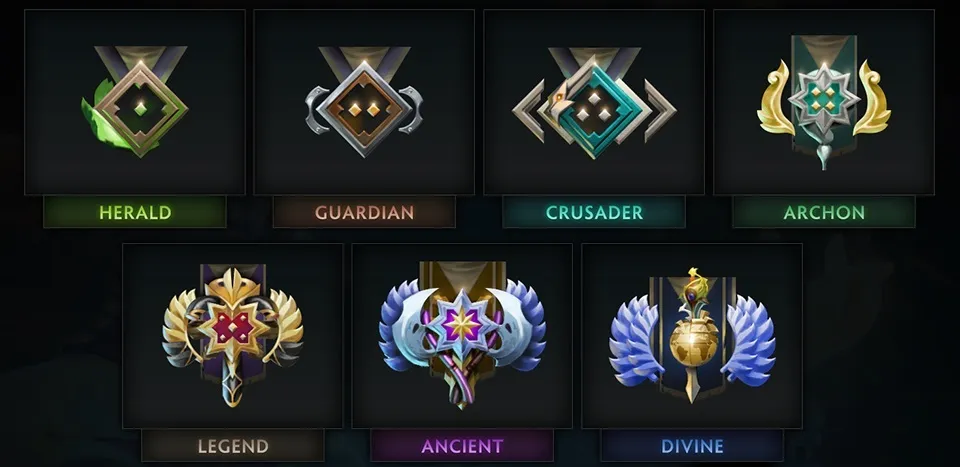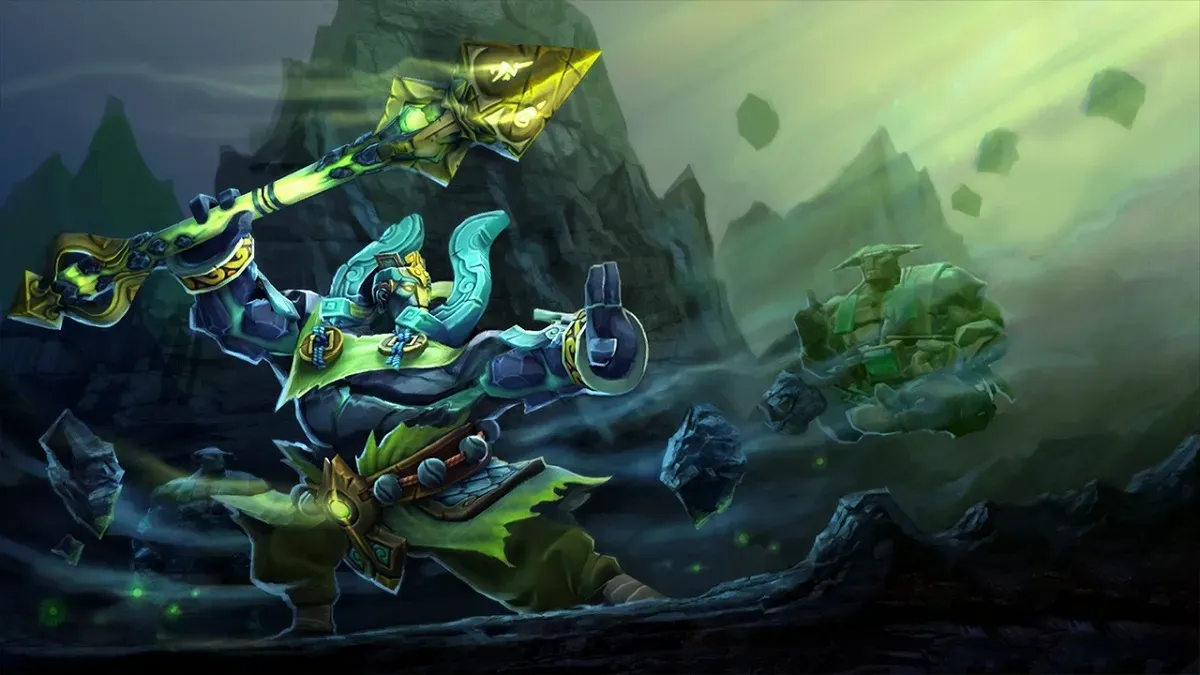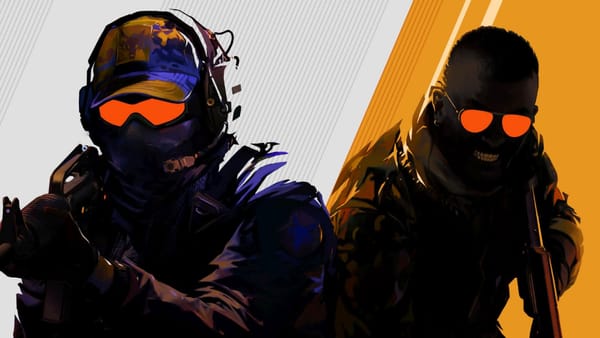Introduction:
Dota 2’s ranking system is a finely tuned machine designed to measure and match players based on their skill level. For nearly a decade, this system has helped shape one of the most competitive esports environments by ensuring players are placed in appropriate matches. Here's a deep dive into how it works, its structure, and tips to help you climb the ranks.
How the Dota 2 Ranking System Works:
- Matchmaking Rating (MMR): At the core of the system is your MMR, a numerical value that adjusts after every game—increasing with a win and decreasing with a loss. This adjustment is influenced by the MMR of your opponents and the expected outcome of the match.
- Calibration Matches: New players must complete a series of calibration matches that determine their initial MMR. Existing players go through recalibration at the start of each ranked season to update their MMR based on current performance.
- Core and Support MMR: Dota 2 distinguishes between your Core and Support roles. Playing core positions (like carry or mid) affects your Core MMR, while playing support roles impacts your Support MMR.
- Medals and Ranks: Your rank is represented by medals, ranging from Herald to Immortal. Each rank except Immortal has five sub-tiers, indicating progression within the rank. Medals reflect the highest of your two MMRs and provide a stable measure of your skill across the season.
- Immortal Rank: This top rank is unique. It isn't split into Core and Support and places you on a regional leaderboard based on your MMR alone, highlighting the elite in Dota 2.
Dota 2 Ranks and MMR Range:

- Herald (0-769 MMR): Starting tier, focusing on basics like last-hitting and hero roles.
- Guardian (770-1539 MMR): Developing game sense and tactical awareness.
- Crusader (1540-2309 MMR): Solid understanding of game mechanics and refining skills.
- Archon (2310-3079 MMR): Proficient in various aspects of gameplay, including strategy execution.
- Legend (3080-3849 MMR): Strong strategic play and adaptation to match dynamics.
- Ancient (3850-4619 MMR): Advanced mechanics and consistent performance in preferred roles.
- Divine (4620-5420 MMR): Near-professional level of play, with deep strategic and mechanical knowledge.
- Immortal (∽6000+ MMR): The pinnacle, featuring pro players and the highest skill challenges.
Increasing Your Rank in Dota 2:
- Master the Fundamentals: Essential skills include last-hitting, hero knowledge, and itemization.
- Understand Your Roles: Be versatile in playing multiple roles effectively.
- Map Awareness: Constantly monitor the map and maintain vision control.
- Effective Communication: Coordinate with your team to enhance strategic play.
- Analyze and Adapt: Review your games to identify areas for improvement and adapt strategies based on the current meta.
Conclusion:
The Dota 2 ranking system is designed to provide a comprehensive measure of player skill and facilitate balanced and competitive gameplay. Whether you’re pushing for a higher tier or just starting out, understanding this system is crucial to your development as a player. As you progress, remember that every match is a learning opportunity.
Feel free to dive deeper into any aspect of the Dota 2 ranking system or ask for strategies specific to your current rank. Whether you're looking to climb the ladder or just understand your standings, this guide is your gateway to mastering Dota 2's competitive scene.





